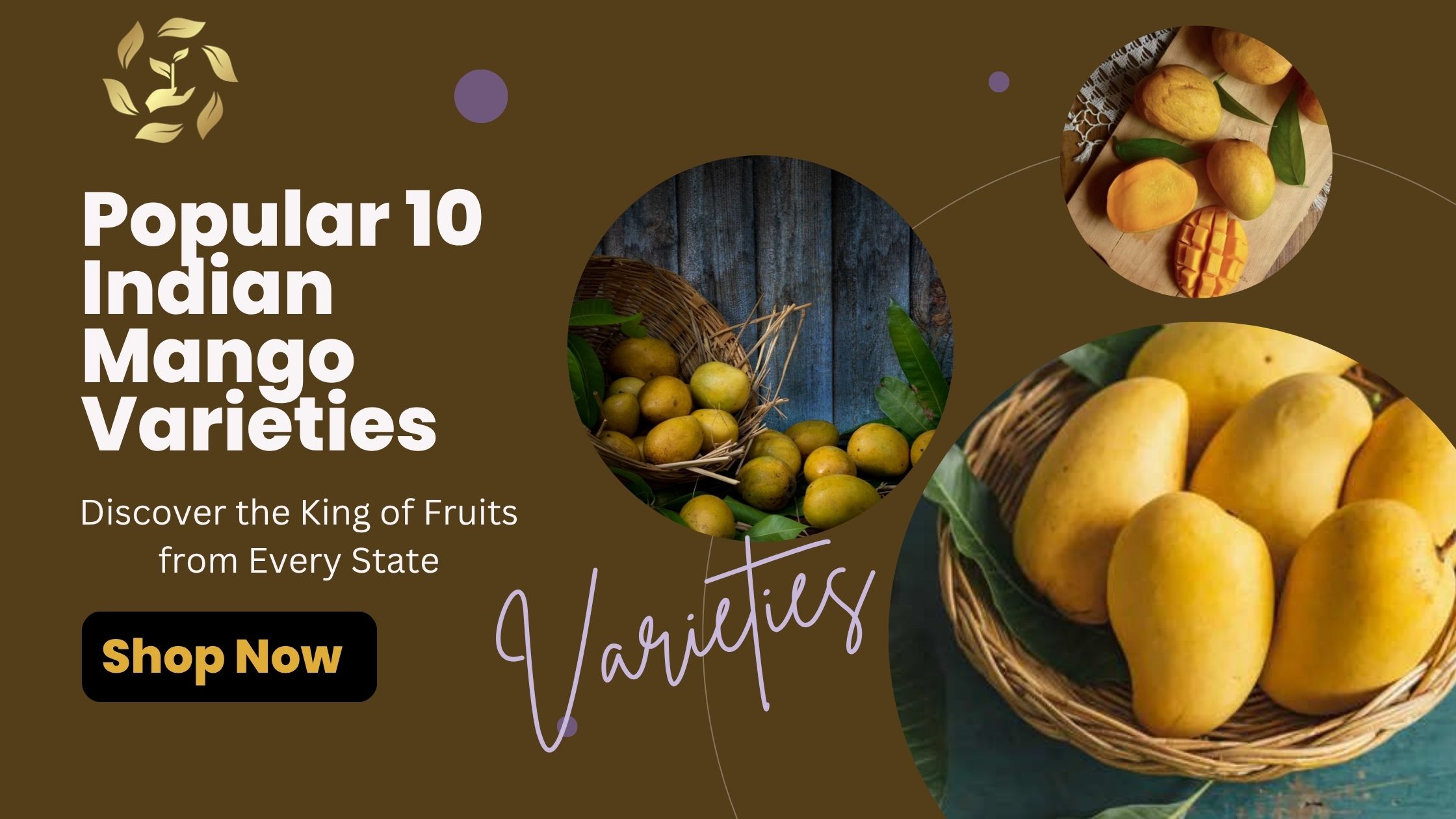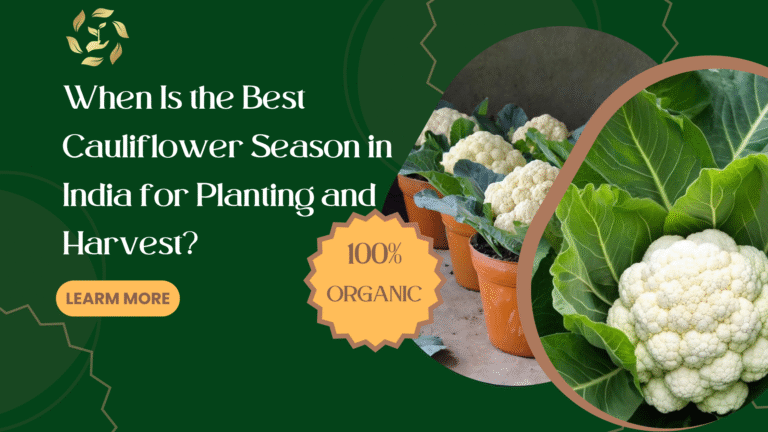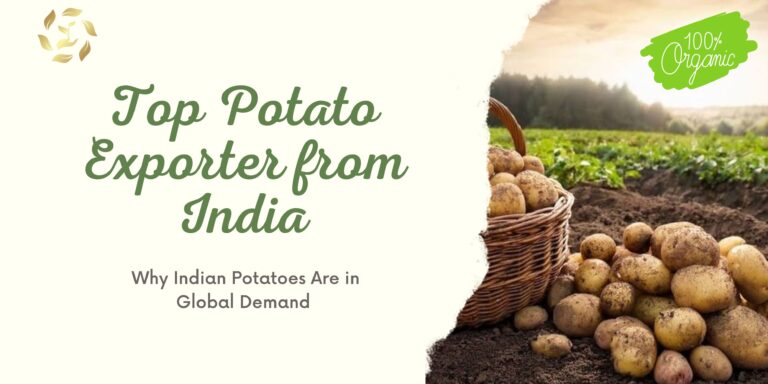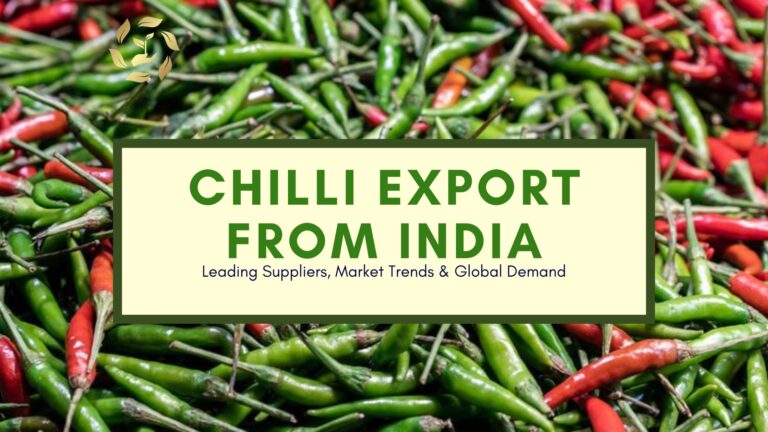Asiaflock Enterprises

Popular 10 Indian Mango Varieties: Discover the King of Fruits from Every State
If you’ve ever wondered about the rich, juicy world of mangoes, you’re in for a treat! India, known as the land of mangoes, produces an incredible range of flavors, colors, and textures. With over different types of mangoes in India, every region has its own signature variety — from the golden Alphonso of Maharashtra to the aromatic Langra of Uttar Pradesh.
But here’s the best part: each variety tells a story of its soil, climate, and culture. Whether you’re a farmer, a mango lover, or an exporter, understanding the different types of mangoes in India helps you pick the perfect one for your taste or business. And the solution for every mango enthusiast lies in knowing when and where to find these gems — India’s tropical diversity ensures there’s a mango for every palate.
India’s Fruitful Heritage: A Leader in Global Agriculture
Before we explore our mango treasure, it’s important to appreciate India’s wider agricultural strength. The country stands tall in the production of fruits and vegetables in India, supplying nutritious, organic produce worldwide. Mangoes are among the shining stars of this sector, contributing significantly to the fruit production in India and strengthening the nation’s position in global trade.
From local markets to international exports, India’s mangoes are not just fruits — they’re a cultural identity. Their unique aroma, flavor, and sweetness make them truly worthy of the title “King of Fruits.”
How Many Types of Mangoes Are Grown in India?
There are more than 1,000 varieties of mangoes found across India, though only a few dozen are grown commercially. These range from honey-sweet to tangy-tart, soft to fibrous, and golden to green in color. Each region grows its own prized cultivars, reflecting the diversity of Indian soil and climate.
Here’s a closer look at the top 10 famous mango varieties in India, along with the states that make them shine.
Top 10 Famous Mango Varieties in India (With State Name)
1. Alphonso (Hapus) – Maharashtra
Known as the King of Mangoes, Alphonso is famous for its saffron-colored flesh, creamy texture, and rich aroma. Grown mainly in Ratnagiri and Devgad, it’s India’s most exported variety and a global favorite for desserts and juices.
2. Dasheri – Uttar Pradesh
Dasheri is known for its long shape, fiberless pulp, and honey-like sweetness. Originating from the Dasheri village near Lucknow, it’s one of the oldest and most loved mangoes in India.
3. Kesar – Gujarat
The “Queen of Mangoes” has a deep orange color and a smooth, juicy texture. Its sweet aroma and bold flavor make it ideal for making aamras and desserts.
4. Langra – Bihar & Uttar Pradesh
Langra mangoes are green even when ripe and have a tangy, citrusy flavor. They’re highly fibrous and aromatic — perfect for those who prefer a balanced sweet-tart taste.
5. Banganapalli (Benishan) – Andhra Pradesh
These bright yellow mangoes are large, fiberless, and mildly sweet. They’re among the earliest to hit the markets and are widely exported.
6. Himsagar – West Bengal
Small but mighty in taste, Himsagar mangoes are intensely sweet and aromatic. Their bright yellow flesh and rich texture make them a regional pride of Bengal.
7. Totapuri – Tamil Nadu & Karnataka
Recognized by its parrot-beak shape, Totapuri is less sweet but highly versatile, used in salads, pickles, and mango pulp production.
8. Neelum – South India
This late-season mango is grown across Tamil Nadu, Andhra Pradesh, and Karnataka. It’s small, bright yellow, and famous for its fragrance.
9. Malda (Safaida) – Bihar & West Bengal
Malda mangoes are soft, juicy, and golden. They have a delicate sweetness, making them one of the most sought-after varieties in Eastern India.
10. Mankurad – Goa
Known locally as “Goa Mango,” Mankurad has firm, fiberless flesh and an intense tropical flavor. It’s a summer staple in the coastal belt.
List of Mango Varieties in India with State Name
| Mango Variety | State / Region | Taste & Color |
| Alphonso (Hapus) | Maharashtra | Sweet, Saffron Yellow |
| Kesar | Gujarat | Sweet, Orange-Yellow |
| Dasheri | Uttar Pradesh | Mild Sweet, Golden Yellow |
| Langra | Bihar / UP | Tangy, Greenish Yellow |
| Banganapalli | Andhra Pradesh | Mild Sweet, Bright Yellow |
| Himsagar | West Bengal | Rich Sweet, Golden Yellow |
| Totapuri | Tamil Nadu | Tangy, Light Yellow |
| Neelum | South India | Sweet, Bright Yellow |
| Malda | Bihar / WB | Soft Sweet, Golden |
| Mankurad | Goa | Tropical Sweet, Golden |
This list of mango varieties in India with state name helps you understand which mangoes to try based on region and taste.
Indian Mango Varieties and Their Characteristics
Each mango variety in India carries unique characteristics shaped by climate and soil. For instance, Alphonso’s coastal air enhances its sweetness, while Langra’s tanginess comes from the fertile Gangetic plains.
When you study Indian mango varieties and their characteristics, you discover how taste, aroma, and color differ across states — offering an incredible diversity unmatched by any other fruit in the world.
Types of Mangoes in India with Taste and Color
Mangoes in India can be broadly categorized into:
- Sweet Mangoes: Alphonso, Kesar, Dasheri, Banganapalli
- Tangy Mangoes: Langra, Totapuri
- Aromatic Mangoes: Himsagar, Neelum, Mankurad
Understanding the types of mangoes in India with taste and color helps exporters, farmers, and consumers choose the right variety for local and global markets.
Mangoes in India and Their Economic Significance
Mangoes are more than just fruits — they are vital to India’s agricultural economy. They play a key role in the top 10 agricultural products exported from India, driving demand in countries like the UAE, the UK, and the US.
Alongside mangoes, crops like banana export from India and organic vegetables export from India also strengthen the country’s agri-export base. Together, these products showcase India’s rich farming diversity and export potential.
Preserving the Legacy of the King of Fruits
Mango cultivation in India is not just about taste — it’s a cultural tradition passed through generations. Farmers still use organic methods, hand-picking fruits at peak ripeness to ensure superior quality.
As the climate changes, agricultural experts are developing hybrid mango varieties to maintain yield and flavor. This ensures that future generations can continue to enjoy India’s mango heritage sustainably.
From the sweetness of Alphonso to the tanginess of Langra, the different types of mangoes in India reflect the heart and soul of the country’s agriculture. Each variety tells a story of soil, sunshine, and tradition.
If you’re passionate about exploring or exporting India’s finest fruits, now is the time to celebrate this legacy.
Explore Asia Flock’s range of premium mangoes and other agricultural exports today — your gateway to India’s natural abundance and authentic flavors.
Key Takeaways
- India grows over 1,000 different types of mangoes across its states.
- Each variety offers unique taste, color, and aroma.
- Mangoes are a major part of fruit production in India and global exports.
- Leading varieties include Alphonso, Dasheri, Kesar, Langra, and Himsagar.
- Mango farming supports thousands of local farmers and exporters.
- India remains the global leader in mango cultivation and trade.
Frequently Asked Questions
Q1. How many types of mangoes are grown in India?
India grows over 1,000 mango varieties, though around 30 are cultivated commercially across major states like Maharashtra, Gujarat, UP, and Tamil Nadu.
Q2. Which is the most famous mango in India?
Alphonso, known as the King of Mangoes, is India’s most famous and widely exported mango.
Q3. Which state is the largest producer of mangoes in India?
Uttar Pradesh leads mango production, followed by Andhra Pradesh, Telangana, and Karnataka.
Q4. What are the top 10 famous mango varieties in India?
Alphonso, Dasheri, Kesar, Langra, Banganapalli, Himsagar, Totapuri, Neelum, Malda, and Mankurad.
Q5. What makes Indian mangoes unique?
Their diverse taste, texture, and aroma make Indian mangoes globally unique — a blend of sweetness, richness, and cultural heritage.



